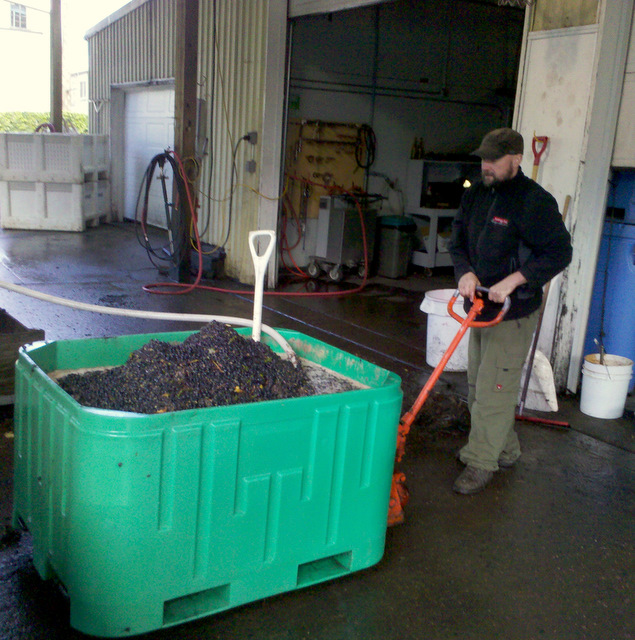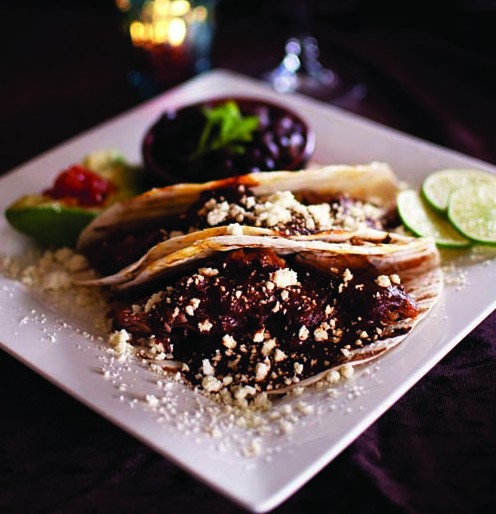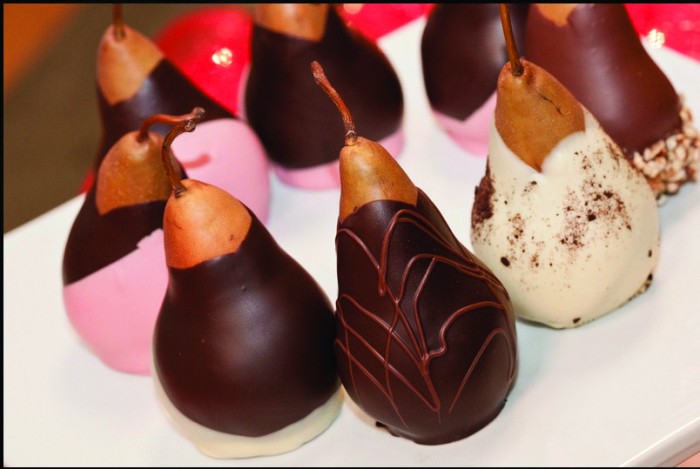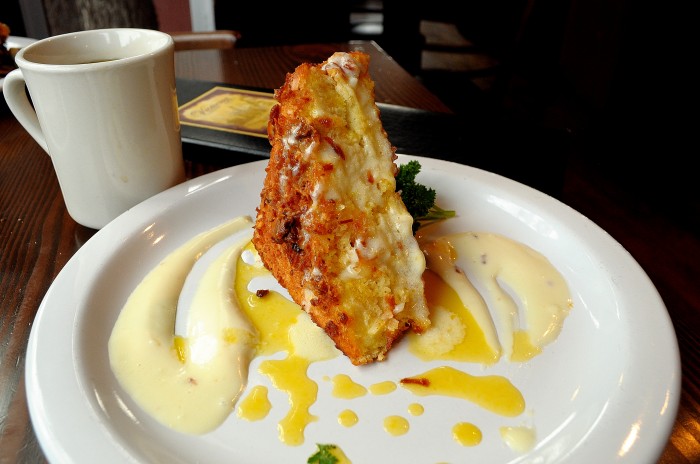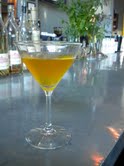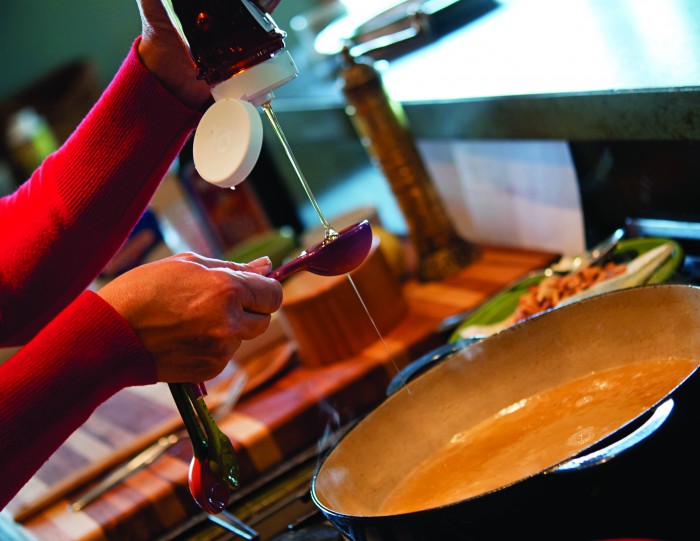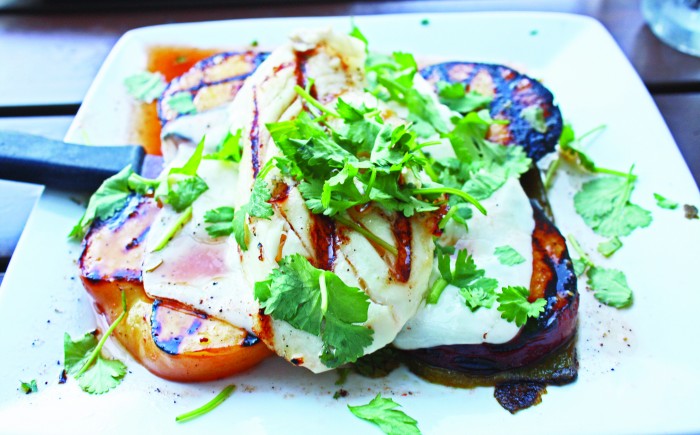Grapes struggled to ripen in cold, wet climate that sat over the Willamette Valley in the late growing season of 2011. Typically this results in sharp, acidic finished wines. In places like the Alsace region of France, where grapes such as Pinot gris, Riesling and Gewürztraminer rule; sharp, crisp and acidic is the style. In Oregon, the same style has proven to be troublesome for grape growers and winemakers, especially with red wines.
In fact, 2011 was so consistently cool, that late September had the fewest growing “degree days” (days between 50º and 84º F) of any vintage in forty years. Harvest did not begin until mid- to late October and finished well into the second week of November. It proved to be one of the latest harvest years on record, with high anxiety over potential mildew and devastating frost damage. For some, arriving fashionably late to a party is par for the course, and in Oregon that certainly has become the trend for harvest in the last couple of years. Herb Quady, a Southern Oregon winemaker for Quady North and Troon Vineyard, commented, “There was a serious frost in early November, but most vineyards were ripe by then, so the effect was not that negative.”
In mid-October, wine growers had already relaxed somewhat as a warm weather spell dried out the fruit and brought up the sugar content, just enough to begin harvest. Though low in sugar, the fruit provided a great depth and well-developed character, which consistently creates beautiful wines with balanced acids and lower alcohol content. “Some folks, myself included, have referred to this past vintage as the ‘Miracle Harvest,’” said Jesse Lange, winemaker at Lange Winery in the Dundee Hills. “I really couldn’t care less what it ends up being called, I’m just so satisfied and proud that for those vineyards and farmers that put themselves in a position to be successful, pulled through with flying colors.”
Unlike in 2010, where grape yields were well below standard, 2011 found more fruit being produced with thicker, heavier and juicer bunches. Also, unlike 2010, when migrating birds took some of the profits into their bellies, the vineyard owners were prepared for the top-skimming flocks, pounding day and night with air cannons to ward away the grape-hungry, winged beasts.
The final product is yet to be determined, as the wines are still very young and are still … well, becoming wine. But across the state, producers are optimistic that this could be a vintage to hang their soggy hats on. “The whites have all the hallmarks of a classic vintage: pure, complex flavors with lean and balanced acidity. The very young Pinot noirs have incredibly intense color density, firm and fine grained tannins and lovely blackberry, brambleberry qualities,” said Lange. Quady added, “It could have been disastrous, but it came out splendid.”


